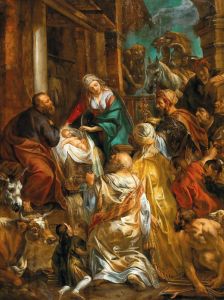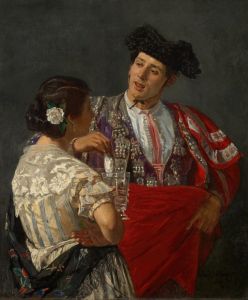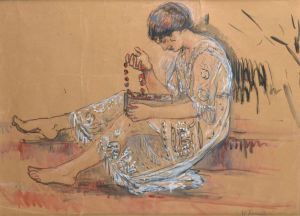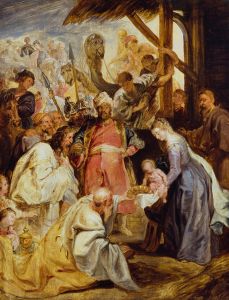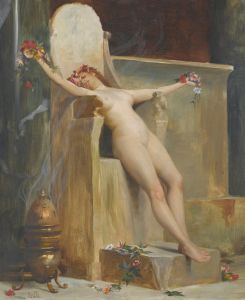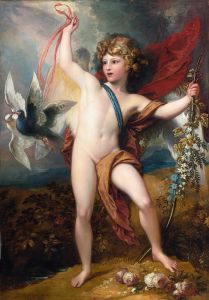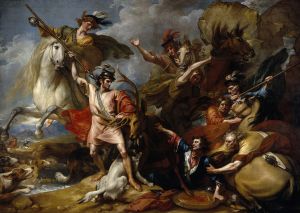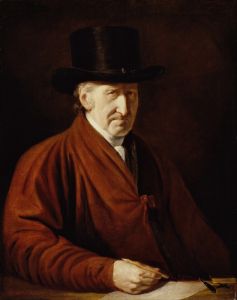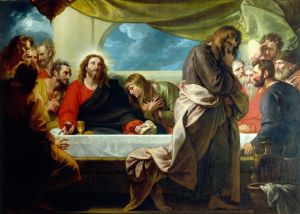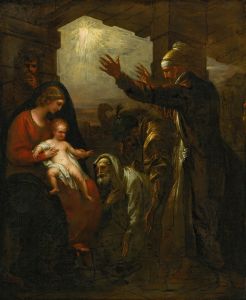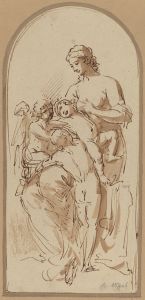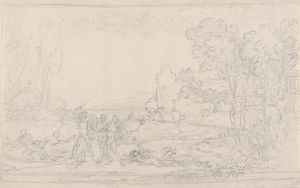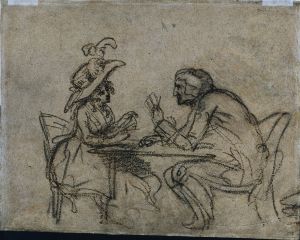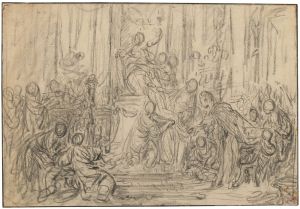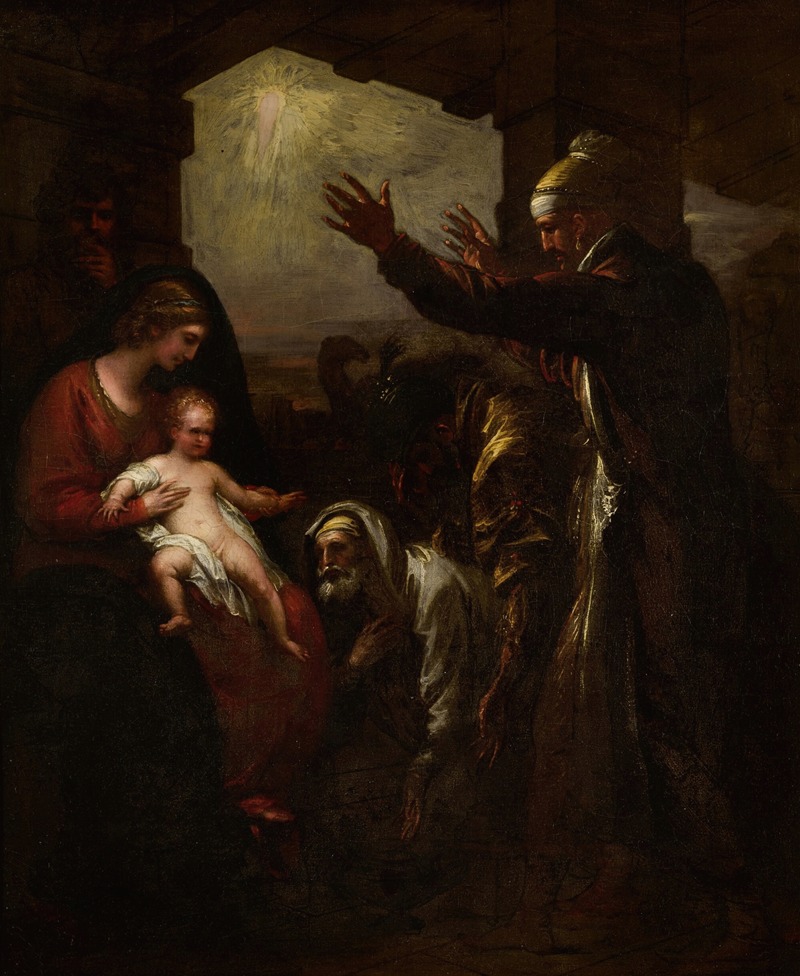
The wise men’s offering
A hand-painted replica of Benjamin West’s masterpiece The wise men’s offering, meticulously crafted by professional artists to capture the true essence of the original. Each piece is created with museum-quality canvas and rare mineral pigments, carefully painted by experienced artists with delicate brushstrokes and rich, layered colors to perfectly recreate the texture of the original artwork. Unlike machine-printed reproductions, this hand-painted version brings the painting to life, infused with the artist’s emotions and skill in every stroke. Whether for personal collection or home decoration, it instantly elevates the artistic atmosphere of any space.
Benjamin West's painting The Wise Men’s Offering is a work by the renowned Anglo-American artist, who is widely regarded as one of the most significant painters of the 18th century. West, born in 1738 in Pennsylvania, is best known for his historical and religious paintings, which often combined classical composition with contemporary influences. His works played a pivotal role in shaping the development of art in both Europe and America during his time.
The Wise Men’s Offering depicts the biblical scene of the Magi presenting their gifts to the infant Jesus, as described in the Gospel of Matthew (Matthew 2:1–12). This subject, commonly referred to as the Adoration of the Magi, has been a popular theme in Christian art for centuries. West's interpretation of the scene reflects his characteristic style, which blends dramatic lighting, emotional expression, and careful attention to detail. The painting captures the reverence and solemnity of the moment, with the figures arranged in a composition that draws the viewer's eye toward the central focus of the Christ child.
Although specific details about the commission, creation date, and current location of The Wise Men’s Offering are not widely documented, it is consistent with West's broader body of work, which often explored religious themes. West's career was marked by his ability to adapt traditional religious iconography to the tastes and expectations of his patrons, many of whom were part of the British aristocracy or the Anglican Church. His works frequently emphasized human emotion and divine presence, aiming to inspire devotion and reflection in his audience.
Benjamin West spent much of his career in England, where he became the second president of the Royal Academy of Arts in London, succeeding Sir Joshua Reynolds. His influence extended beyond his own paintings, as he mentored numerous artists, including John Singleton Copley and Gilbert Stuart, who would go on to achieve prominence in their own right.
Due to limited documentation on The Wise Men’s Offering, further details about its provenance, dimensions, and medium remain unclear. However, the painting is representative of West's enduring legacy as a master of religious and historical art, whose works continue to be studied and admired for their technical skill and emotional depth.





